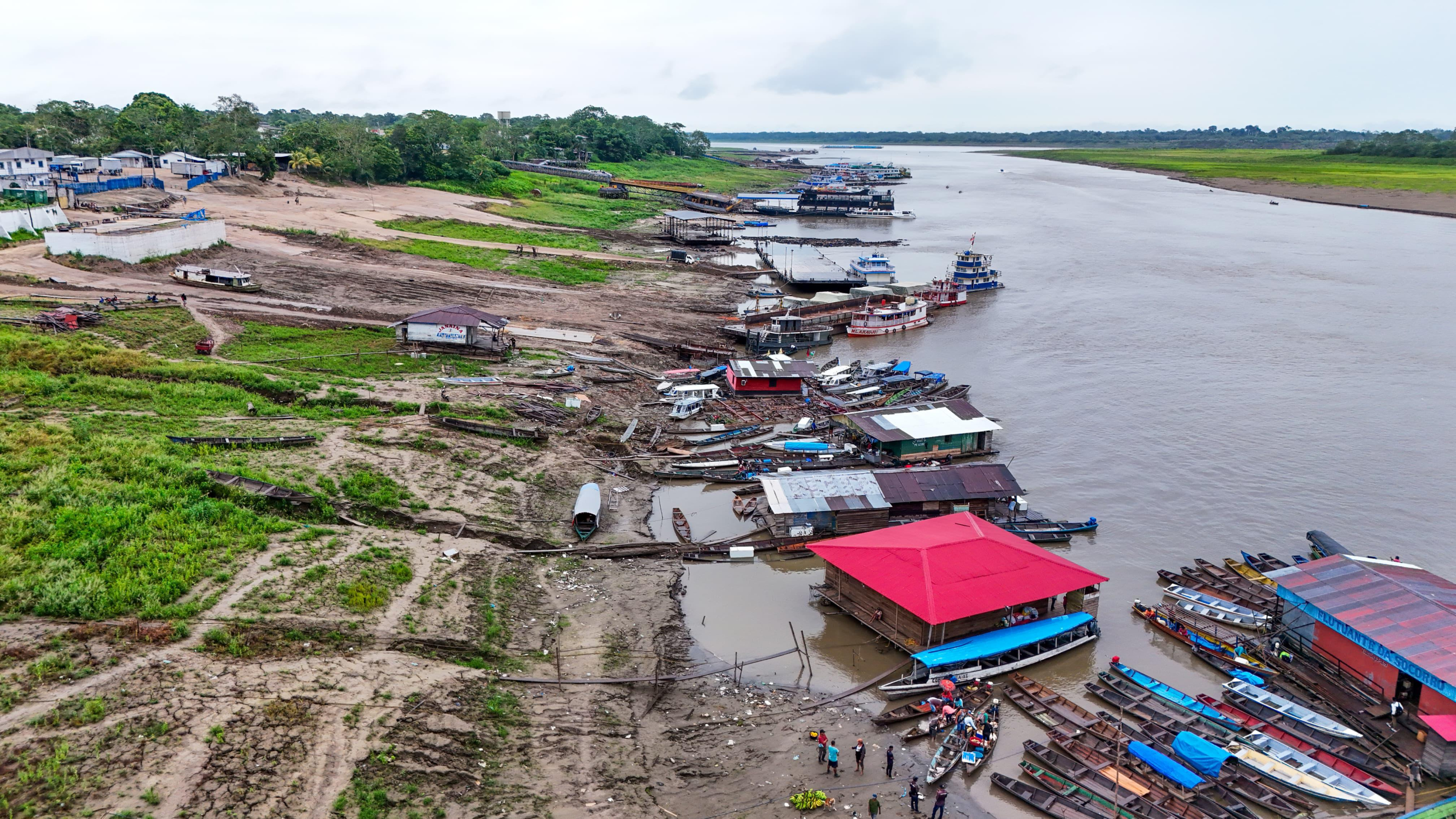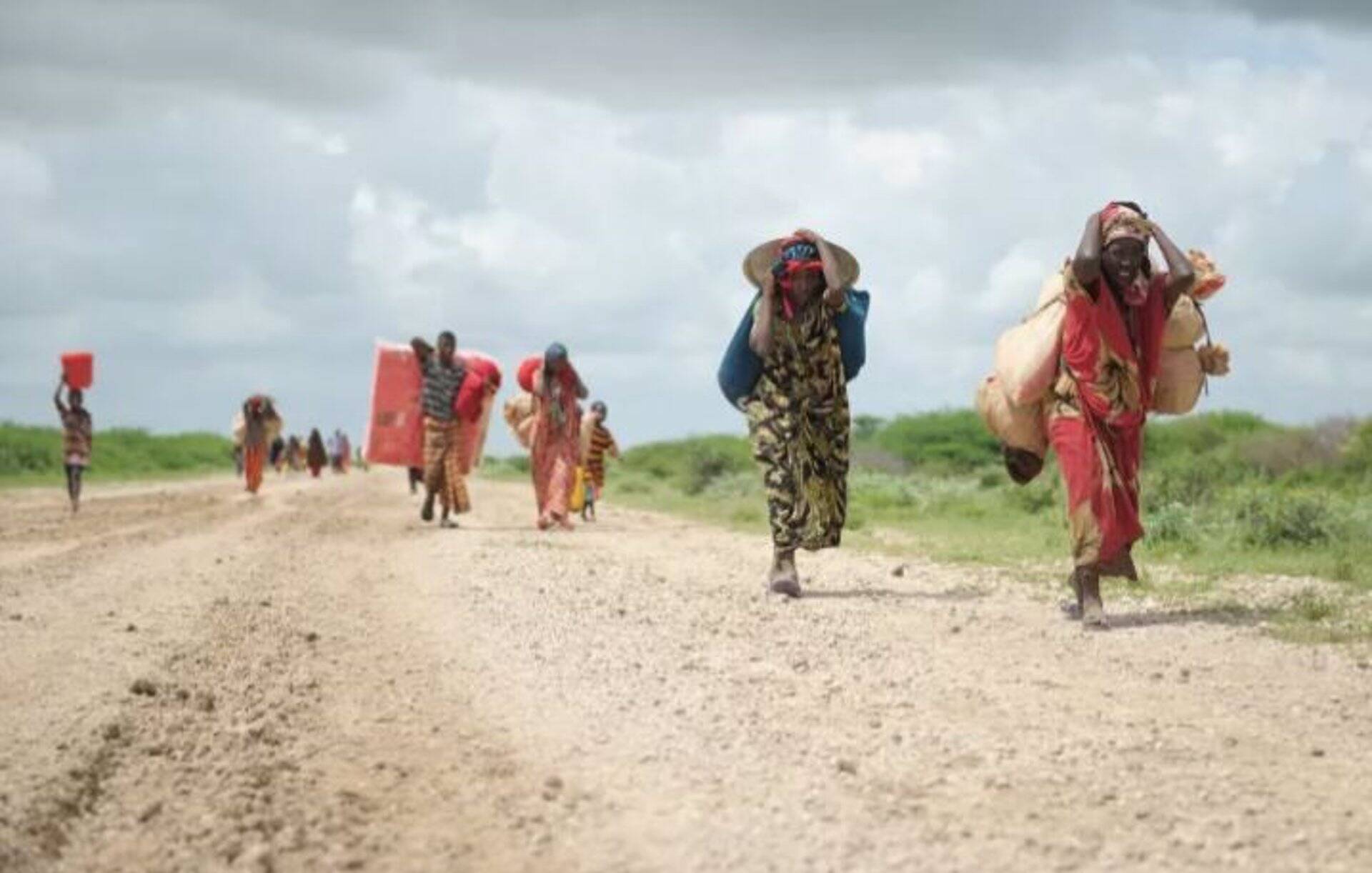The 'perfect storm': Report warns that global drought will reshape life on the planet between 2023 and 2025

The world is experiencing one of the worst drought crises in recent history. This is according to the report "Drought Hotspots Around the World 2023–2025," published by the United Nations Convention to Combat Desertification (UNCCD) and the U.S. National Drought Mitigation Center (NDMC). The document, supported by the International Drought Resilience Partnership (IDRA), documents with shocking data the extent of the phenomenon on all continents.
“This isn't just a dry season,” says Dr. Mark Svoboda, one of the authors and founding director of the NDMC. “It's a slow-motion global catastrophe, the worst I've ever seen.”
Latin America: Dry rivers, dead wildlife, and paralyzed trade The Amazon and the Panama Canal became symbols of this emergency in the region. According to the document, the impacts on the Amazon basin—which includes Colombia, Brazil, and Venezuela—were diverse and significant. They reported "transportation restrictions, shortages of drinking water, deaths of aquatic fauna, and forest fires." Prolonged droughts drastically reduced river and stream levels, affecting the connectivity of rural and river communities.
The report notes that these extreme conditions also deteriorated water quality, creating health risks. “The shallow depth of water bodies forced many communities to rely on contaminated sources,” a phenomenon particularly serious in rural regions of Colombia with limited sanitation infrastructure.

Amazon River drought. Photo: UNGRD
Regarding biodiversity, the report indicates that "deaths of aquatic species due to low oxygen and high temperatures were widespread," with profound ecological implications for fragile ecosystems such as those in the Colombian Amazon.
Meanwhile, the Panama Canal saw its daily transits reduced from 38 to 24 ships between October 2023 and January 2024 due to a lack of water, severely impacting global trade. “The impact was felt from the United States to Europe: soybean exports were delayed, and British supermarkets reported shortages and rising prices for fruits and vegetables,” the report states.

Vessels stopped at sea, waiting to pass through the Panama Canal. Photo: Getty Images
The hardest hit region was Africa. In the eastern part of the continent alone, 23 million people face acute hunger. In Somalia, 43,000 people died from drought-related hunger in 2022. By early 2025, 4.4 million more—a quarter of the population—will be in critical condition.
In Zimbabwe, 70% of the country's maize production was lost in 2024, and the price of the grain doubled. Nine thousand head of cattle died from thirst and hunger. The situation in Zambia was no better: Zambezi River levels dropped to 20% of their historical average, crippling the Kariba Dam, its main source of energy. The result: blackouts of up to 21 hours a day, closed hospitals, and idle factories.

Forced population migration in Somalia. Photo: THE AFRICAN UNION MISSION IN SOMALIA
The report singles out Spain, Morocco, and Turkey as "canaries in the mine" for the rest of the industrialized world. In Spain, olive oil production fell by 50% and its price doubled. Morocco saw its sheep population reduced by 38% compared to 2016, even prompting a royal call to suspend the Eid al-Adha sacrifices. Turkey, meanwhile, recorded more than 1,600 sinkholes caused by groundwater depletion.
Asia: Droughts felt in global markets In Asia, rice, coffee, and sugar production were severely affected. Drought in Thailand and India during 2023 and 2024 raised the price of sugar in the U.S. by 8.9%, demonstrating how regional climate events are already triggering global economic impacts.
“A perfect storm” According to the report, the devastating effects were amplified by the El Niño phenomenon, which combined with climate change between 2023 and 2024 to intensify drought in key agricultural and ecological areas. “It was a perfect storm,” notes researcher Kelly Helm Smith. “El Niño poured gasoline on the fire of climate change.”
The economic costs of these droughts, the study warns, have already doubled since 2000 and could increase by 35% to 110% by 2035. “The domino effects can turn regional droughts into global economic crises,” notes co-author Cody Knutson.

The high temperatures and low rainfall were a reflection of El Niño. Photo: Courtesy of Barranquilla City Hall Communications
One of the report's focuses is the disproportionate impact on women, girls, the elderly, and rural populations. In Ethiopia, child marriages more than doubled during the drought. In Zimbabwe, thousands of girls dropped out of school due to hunger or poor hygiene. In the Amazon, indigenous communities were isolated by falling rivers, with women even giving birth without being able to reach health centers.
“We saw desperate coping mechanisms: girls taken out of school to be married off, families digging through dry riverbeds to obtain contaminated water, and hospitals in darkness. These are signs of a severe crisis,” said lead author Paula Guastello.
Lessons and urgent calls The report concludes with a clear call to invest in prevention. It proposes strengthening early warning systems, restoring watersheds, promoting indigenous crops, ensuring resilient infrastructure, and prioritizing gender equality in adaptation.
“Drought is no longer just a meteorological phenomenon. It's a social, economic, and environmental emergency,” Dr. Svoboda summarizes. And he offers a warning: “The question is not whether it will happen again, but whether we will be better prepared next time.”
Environment and Health Journalist
eltiempo




